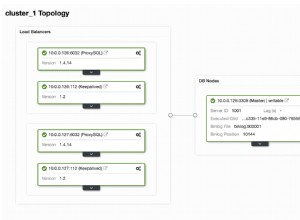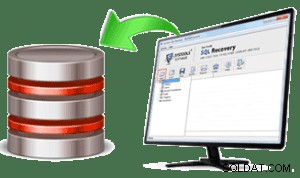Ich denke, der beste Weg, dies zu tun, wäre eher im PHP-Code als in SQL.
Sie können dies erreichen, indem Sie einfach ein assoziatives Array in PHP erstellen, indem Sie das „Text“-Feld als Schlüssel verwenden, das die gewünschten Daten enthält – und es füllen, während Sie Informationen aus der Datenbank ziehen.
Ein Beispiel:
SQL:SELECT * FROM myTable
PHP-Code:
<?php
// Connect to MySQL database
$result = mysql_query($sql_query_noted_above);
$stringsInfo = array();
while ($row = mysql_fetch_assoc($result))
{
if (!isset($stringsInfo[$row['text']]))
{
$stringsInfo[$row['text']] = array('types' => array(), 'idAccounts' => array());
}
$stringsInfo[$row['text']]['types'][] = $row['type'];
$stringsInfo[$row['text']]['idAccounts'][] = $row['idAccount'];
}
?>
Dadurch erhalten Sie ein Array wie folgt:
'myTextString' => 'types' => 'type1', 'type2', 'type3'
'idAccounts' => 'account1', 'account2'
'anotherTextString' => 'types' => 'type2', 'type4'
'idAccounts' => 'account2', 'account3'
und so weiter.
Ich hoffe, das ist hilfreich.
EDIT:Poster bat um Hilfe bei der Anzeige.
<?php
foreach ($stringsInfo as $string => $info)
{
echo $string . '<br />';
echo 'Types: ' . implode(', ', $info['types']); // This will echo each type separated by a comma
echo '<br />';
echo 'ID Accounts: ' . implode(', ', $info['idAccounts']);
}
/* Alternativ können Sie jedes in $info enthaltene Array in einer Schleife ausführen, wenn Sie mehr Kontrolle benötigen */
foreach ($stringsInfo as $string => $info)
{
echo $string . '<br />';
echo 'Types: ';
foreach ($info['types'] as $type)
{
echo $type . ' - ';
}
echo '<br />';
echo 'ID Accounts: '
foreach ($info['idAccounts'] as $idAccount)
{
echo $idAccount . ' - ';
}
}




